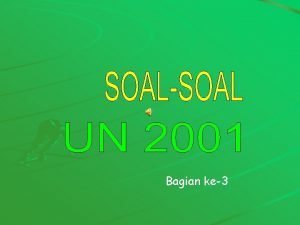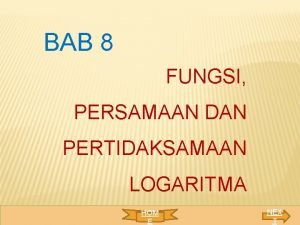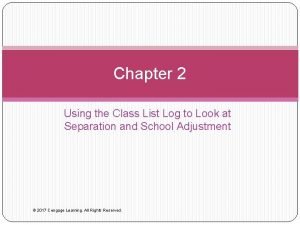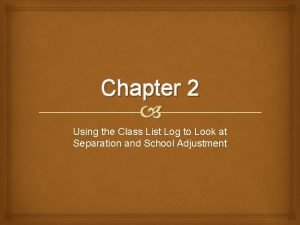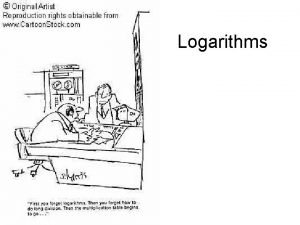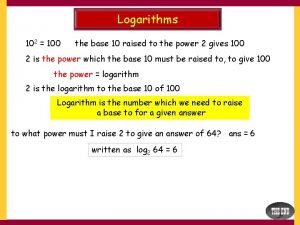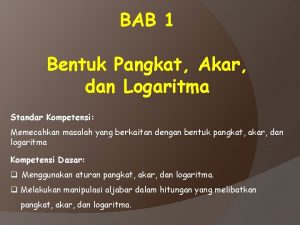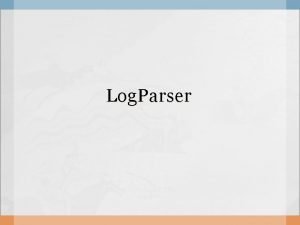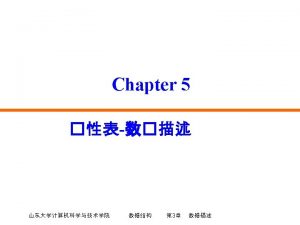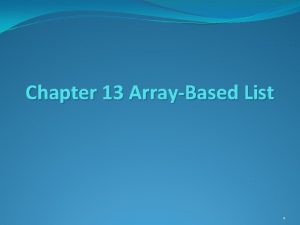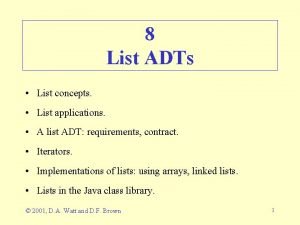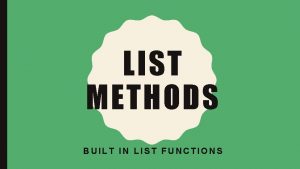Chapter 2 Using the Class List Log to
















- Slides: 16

Chapter 2 Using the Class List Log to Look at Separation and School Adjustment

CLASS LIST LOG • List of all children in the class/group • Alphabetically by first name • To record one short, specific piece of information on all children present that day • Uses: – Separation/Adjustment to program – Any specific developmental task – Participation in an activity or area

Class List Log

Uses of the Class List Log Advantages • Quick and easy • Information on each child • Can be used for later comparison Disadvantages • Outdated form when a child leaves or joins the class/group • Rewriting or separating notes is time consuming • Limited information

Using the Class List Log Uses Separation from family Large or small muscle Language or literacy Math, science, art, blocks, or dramatic play How to Find the Time Using Tools and Technology Clipboards Index cards Mailing labels Date stamp Tablet or smart phone

What to Do with It Because all the children’s names are on the form, it must be filed in a Class File, not in individual children’s files Information can be separated by copy/paste, mailing labels, copy-over

Reflective Journal • Teacher’s diary for personal thoughts, comments, questions, complaints • NOT for gathering information on individual children • NOT for others’eyes KEEP IT PRIVATE!

TOPICS IN OBSERVATION Why Not Use a Diary or Daily Journal? Diary: • • Written at end of day Only on “memorable” children Details are lost in memory Subjective

LOOKING AT SEPARATION AND ADJUSTMENT

Looking at Separation and School Adjustment Attachment Stranger anxiety Separation anxiety Good-bye rituals

Preparation for Entering Programs and Schools Gather information from the family Conduct personal meetings and home visits Visit the school/open houses Formal family orientation

Arrivals and Departures Building trust Child orientation Comfortable arrivals and departures Handling separation anxieties

SIGNS OF SEPARATION DIFFICULTIES Eating Sleeping Toileting Participation Social interaction Acting out

Observing Separation & Adjustment of Infants and Toddlers Behavior between child and family member Facial expressions or verbal protests on family member’s departure Reactions to the receiving caregiver Child’s mode of finding comfort

HELPING ALL CHILDREN WITH SEPARATION AND SCHOOL ADJUSTMENT Children with Special Needs Diverse Cultures Helping Professionals

Standard Related to Separation and Adjustment Caring for Our Children American Academy of Pediatrics Standard 2. 004 The staff of the facility shall help the child and parents cope with the experience of separation and loss….
 Plogs meaning
Plogs meaning 2 log 18
2 log 18 Nilai dari 5log 10 + 5log 50 – 5log 4 adalah
Nilai dari 5log 10 + 5log 50 – 5log 4 adalah Jika log 2=0 301 maka nilai log 32 adalah
Jika log 2=0 301 maka nilai log 32 adalah Diketahui log 2 = 0 301 dan log 5 = 0 699
Diketahui log 2 = 0 301 dan log 5 = 0 699 ³log 27 =
³log 27 = Jika log 3=0 477 dan log 5=0 699 maka log 45 adalah
Jika log 3=0 477 dan log 5=0 699 maka log 45 adalah Penyelesaian pertidaksamaan log(x-4)+log(x+8) log(2x+16)
Penyelesaian pertidaksamaan log(x-4)+log(x+8) log(2x+16) Class list log observation
Class list log observation Class list log observation
Class list log observation Power law log log plot
Power law log log plot Power law log log plot
Power law log log plot Log a x log a
Log a x log a Log m - log n
Log m - log n Experiment 343
Experiment 343 Log to ln
Log to ln Persamaan 7 log 217 + 7 log 31 ialah
Persamaan 7 log 217 + 7 log 31 ialah






